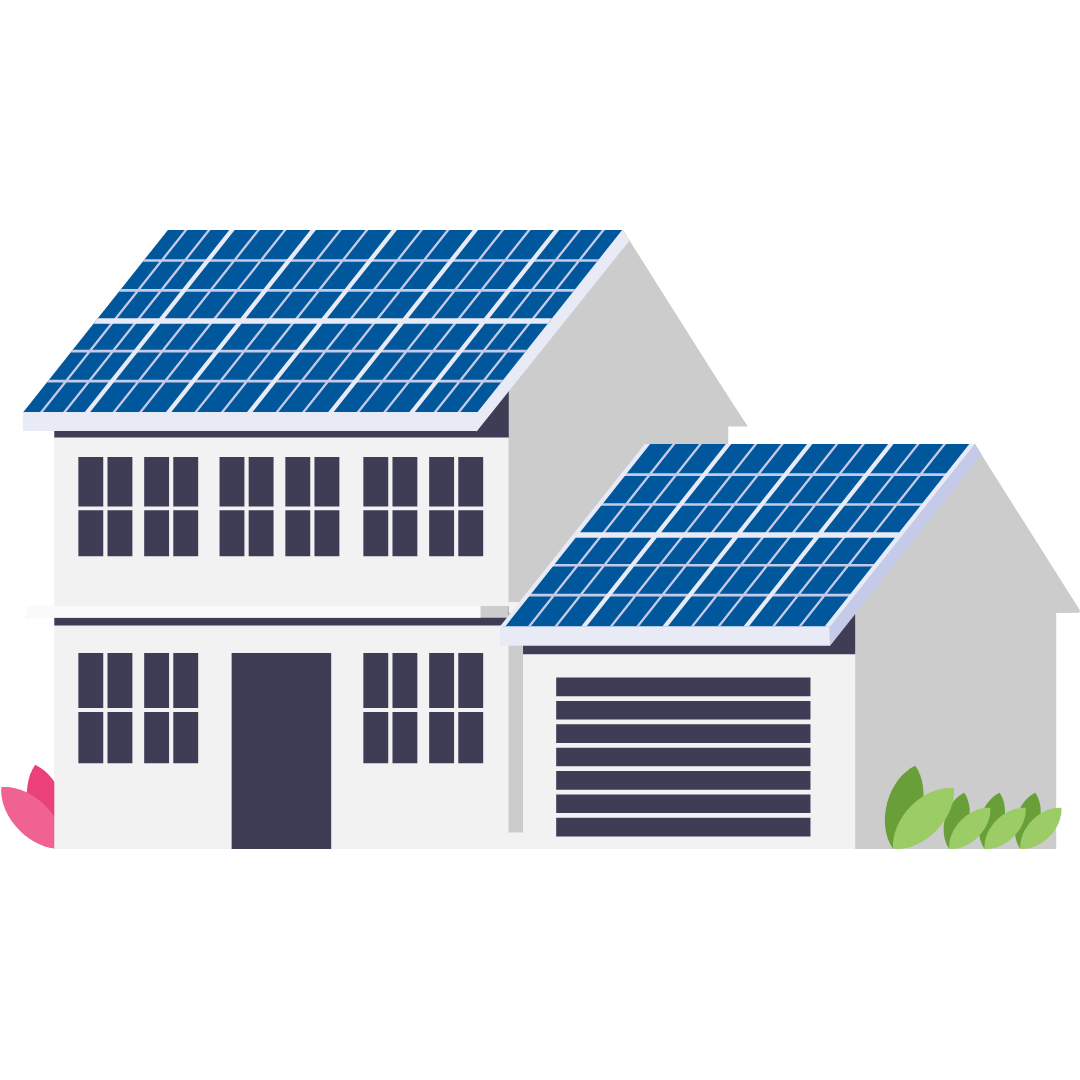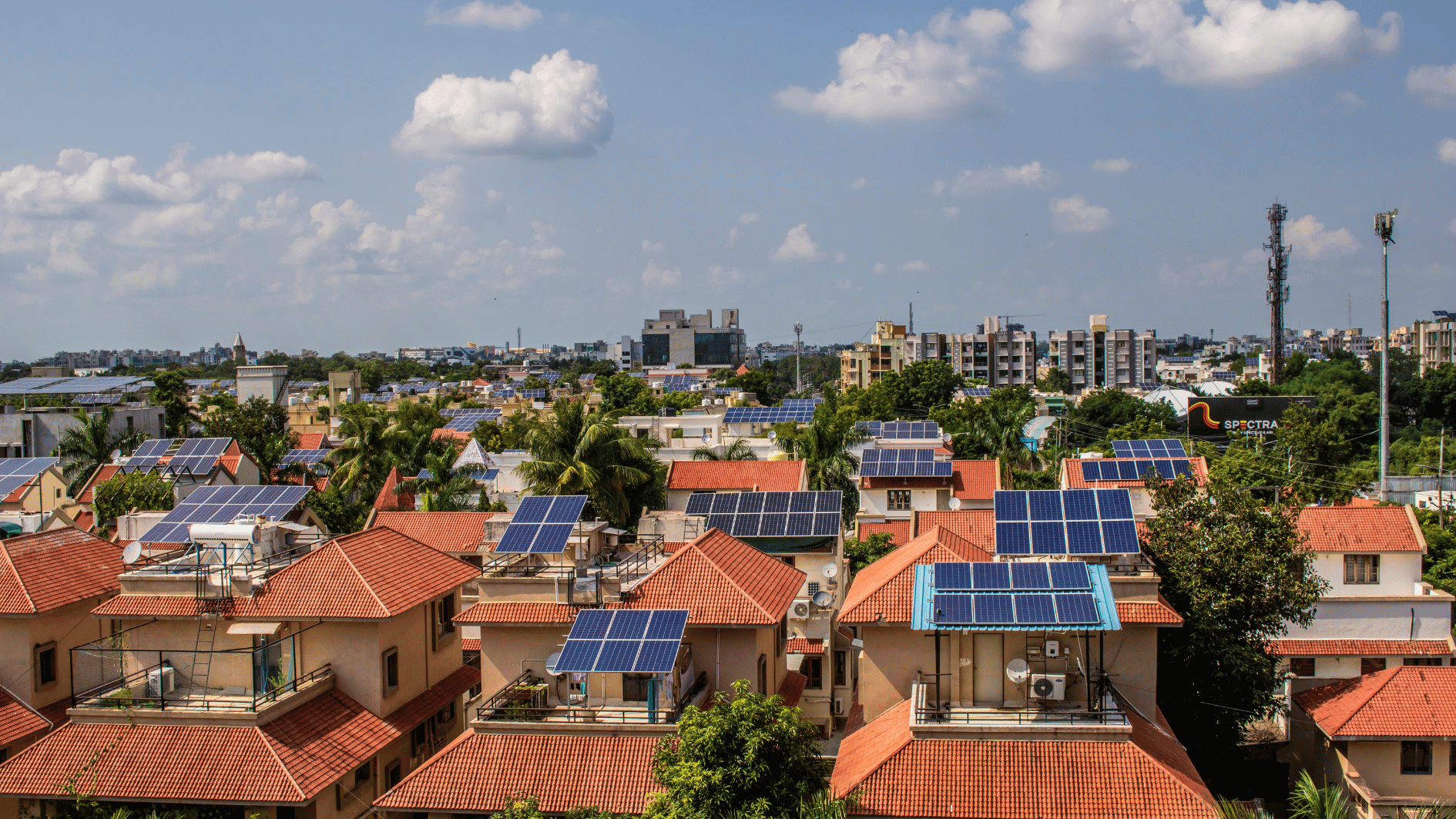Image source: Canva.com
As the shift towards renewable energy accelerates, homeowners and businesses are exploring various solar energy options to reduce their carbon footprint and save on electricity costs. Two prominent choices are rooftop solar panels and community solar programs. While both aim to harness the power of the sun, they offer different benefits and considerations. This article will explore the key differences between rooftop and community solar to help you determine which option best aligns with your energy needs and goals.
Rooftop Solar

Definition and Installation
Rooftop solar, also known as residential solar, involves installing photovoltaic (PV) panels directly on the roof of a home or building. These panels capture sunlight and convert it into electricity for immediate use by the property owner. The system is typically installed by a professional solar provider and requires sufficient roof space and orientation to be effective.
Ownership and Costs
Homeowners who choose rooftop solar typically bear the upfront costs of purchasing and installing the solar panels. However, various financing options are available, including solar loans, leases, and power purchase agreements (PPAs). Incentives such as federal tax credits and state rebates can help offset these costs. Once installed, the system can significantly reduce or eliminate monthly electricity bills.
Benefits
- Energy independence: Rooftop solar allows property owners to generate their own electricity, reducing reliance on the grid and providing protection against rising utility rates.
- Cost savings: By producing their own power, homeowners can save on their electricity bills. Solar systems also increase property values.
- Environmental impact: Rooftop solar reduces greenhouse gas emissions and reliance on fossil fuels, contributing to a cleaner environment.
Challenges
- Upfront investment: The initial cost of installation can be high, though financing options and incentives can help manage expenses.
- Space and orientation: Not all roofs are suitable for solar panels due to size, orientation, or shading issues.
- Maintenance: While generally low, maintenance and repair costs can arise over time.
Community Solar

Definition and Structure
Community solar, also known as shared solar or solar gardens, allows individuals and businesses to participate in a larger solar energy project located off-site. Participants purchase or lease a share of the solar array and receive credits on their electricity bills based on the amount of energy produced by their share. This model is ideal for those who cannot install solar panels on their own property.
Ownership and Costs
Community solar programs typically require less upfront investment compared to rooftop solar. Participants may pay a subscription fee or purchase shares in the solar project. The costs are often lower, and many programs offer flexible payment options. Participants benefit from reduced electricity bills without the need to install or maintain their own solar panels.
Benefits
- Accessibility: Community solar provides an opportunity for those who cannot install rooftop solar, such as renters or homeowners with unsuitable roofs, to benefit from solar energy.
- Reduced costs: Participants can enjoy lower electricity costs without the high upfront investment or maintenance responsibilities.
- Flexibility: Community solar projects offer various subscription and ownership models, making it easier for individuals to find a program that fits their needs.
Challenges
- Availability: Community solar programs may not be available in all areas, and the number of projects may be limited based on location and demand.
- Credit Allocation: Savings and credits depend on the performance of the solar array and the terms of the subscription agreement, which can vary between programs.
- Commitment: Some programs require long-term commitments, which may not be suitable for everyone.
Key Differences
Installation and Space
- Rooftop Solar: Requires space on the property’s roof and involves installation costs and logistics.
- Community Solar: Does not require installation on the participant’s property; involves subscribing to or purchasing shares in an off-site solar array.
Costs and Financing
- Rooftop Solar: Involves higher upfront costs but can lead to substantial long-term savings. Financing options and incentives are available.
- Community Solar: Lower upfront costs and flexible payment options; savings are based on the energy produced by the community solar project.
Accessibility and Flexibility
- Rooftop Solar: Limited by property suitability; provides direct energy savings and independence.
- Community Solar: Accessible to a broader range of participants, including those who cannot install solar panels on their property.
Maintenance and Management
- Rooftop Solar: Requires maintenance and monitoring of the solar system.
- Community Solar: Maintenance is managed by the project developer; participants do not need to worry about system upkeep.
Both rooftop solar and community solar offer valuable ways to harness renewable energy and reduce electricity costs, but they cater to different needs and circumstances. Rooftop solar provides direct control and potential long-term savings but requires an upfront investment and suitable roof space. Community solar offers a flexible and accessible alternative for those who cannot install solar panels on their property, with lower initial costs and reduced maintenance responsibilities.
By understanding these key differences, you can make an informed decision about which solar option best fits your energy goals and lifestyle.





